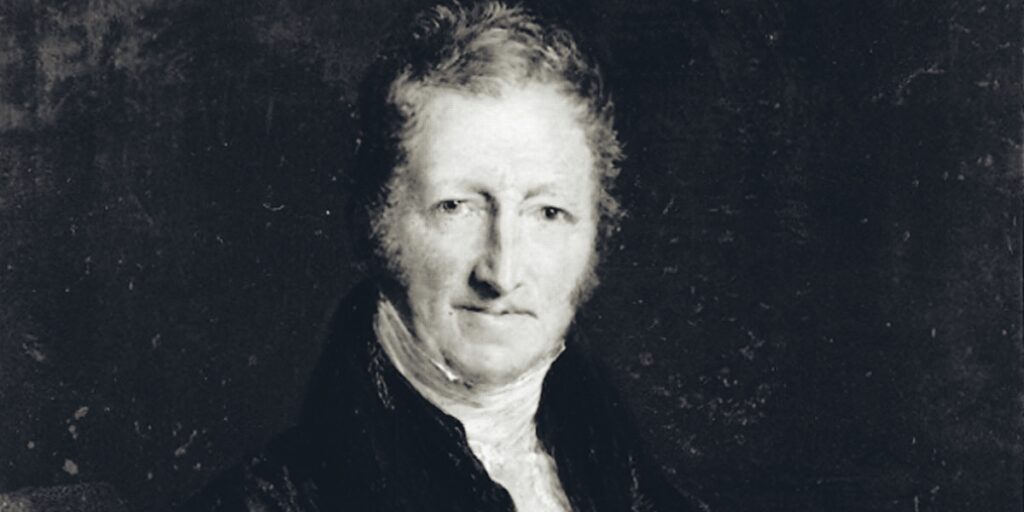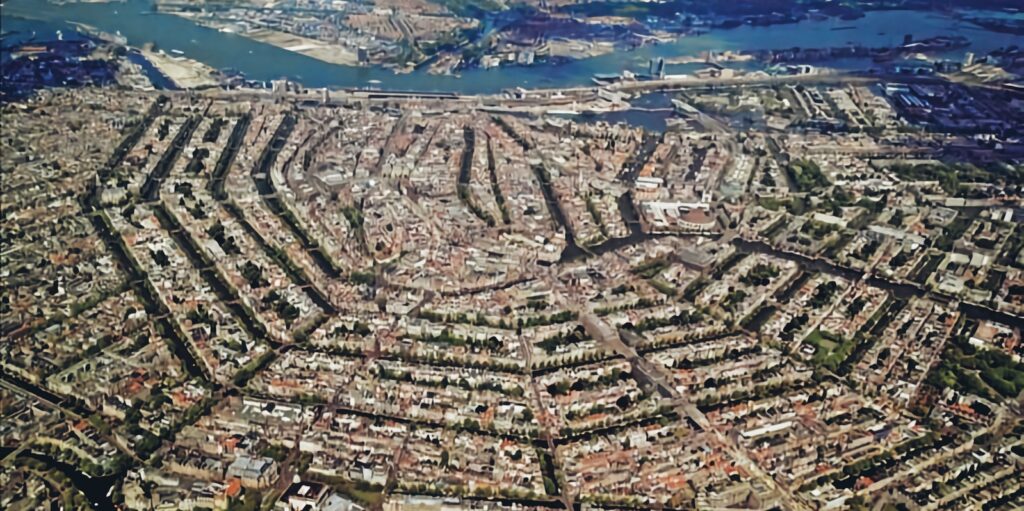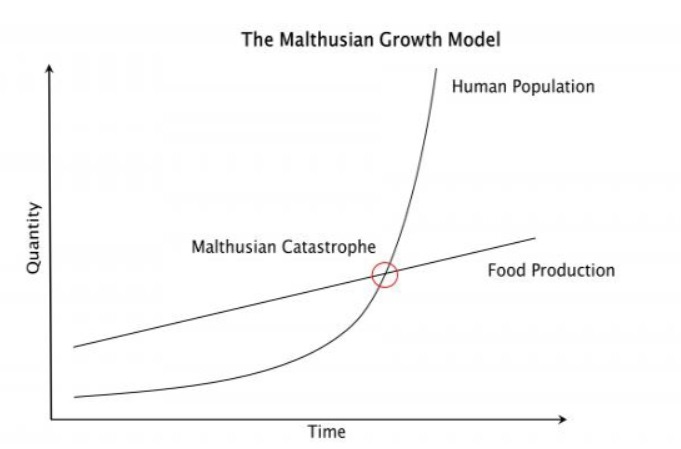The ‘limits to growth’ concept refers to the idea that there is a finite limit to Earth’s resources and capacity to sustain humanity.
The phrase was coined in 1972 by a team of researchers at the Massachusetts Institute Of Technology (MIT) who published a crappy book called The Limits To Growth, in which they used a bunch of computer models to determine when Earth will be overpopulated.
When something is important enough, you do it even if the odds are not in your favour.
Elon Musk
It’s basically the same as Malthusian climate change predictions, which are consistently wrong.
Lest we forget:
- A new ice age, global cooling, and severe food shortages in the 1970s.
- Catastrophic warming, ice caps melting, and rising sea levels from the 1980s to the 2000s.
- Increasing hurricane frequency and intensity after 2005.
- Increasing wildfires in 2012.
- Global warming making Earth spin faster and slower in 2007 and 2015.
- An ice-free Arctic Ocean in summer in 2007 and 2012.
- A significant decline in polar bear populations due to melting sea ice in 2005 and 2017.
- Himalayan glaciers disappearing by 2035.
- A four to six metre rise in sea levels due to melting ice caps in 1981.
- Entire nations wiped out by rising sea levels by 2000.
- Significant food production declines in developing countries in 1994 and 2008.
- Up to 50 million environmental refugees by 2010 and 2020.
- Up to a billion deaths due to famines by 2020.
- A tiny window to stop catastrophic climate change in 1989, 2006, and 2007.
The difference between a climate change alarmist and a Jehovah’s Witness is the one gets every doomsday prediction wrong, and the other is a Jehovah’s Witness.
Human imagination and freedom are the ultimate resources that make all other resources more valuable and can overcome any limitation.
Julian Simon, economist and author

What is Malthusianism?
Thomas Malthus was an English economist who lived in the 18th century, known for writing An Essay on the Principle of Population which was about the relationship between population growth and resources.
He proposed that population growth needed to be limited through preventive measures such as late marriage and sexual abstinence, as well as disease, war, and famine.
The book argues that if human population and economic activity continued to grow at an exponential rate, it would eventually lead to a collapse of the global system due to resource shortages, environmental degradation, and other factors.
Unfortunately, it has had a huge influence on environmental movements, policymakers, scientists, and activists around the world, many of whom perpetuate such nonsense either because it’s profitable or because they lack critical reasoning skills.
Limits to Growth
Limits to Growth is a 1972 report, based on Malthus’s work, by the Club of Rome, warning about the consequences of unchecked economic and population growth on Earth’s resources and environment. It uses computer models (created by MIT) to predict that if growth trends in population, industrialisation, pollution, food production, and resource depletion continue unchanged, Earth will reach its limits within a century, leading to a sudden and uncontrollable decline in both population and industrial capacity.
The report urges changes in policies and individual behaviour to avoid these outcomes, emphasising – wait for it – sustainable development.
As resesrcher and author Cynthia Chung notes, their computer models completely ignore human innovation, ingenuity, and creativity.
This is a great reminder to all of us that we really don’t have limits to growth, as long as we are inspired to create, by challenging what is deemed impossible and showing that it is indeed very possible.
Cynthia Chung
Our growth and development does not need to be a negative thing, it can be a very positive thing, in harmony with nature, with the universe, and we can have an optimistic future if we set our course towards that bright star.
People have a remarkable capacity to find solutions to problems.
An example of solving problems
I was recently in the Netherlands at the invitation of Thierry Baudet. While there, I toured the country, learning about the canal network, which is a masterful engineering feat, showcasing the country’s expertise in water management. Built over centuries, it ingeniously utilises a network of canals, dams, and locks to control water levels, prevent flooding, and facilitate transport. This system not only protects the country, much of which lies below sea level, from the sea’s encroachment but also supports agriculture and trade.
I was told that, without the canals, majority of the Netherlands would be underwater.

The point is there are no limits to growth. Humans invent, innovate, and solve problems.
Plus, there is no evidence to suggest that resources are running out.
Equally, there is no evidence to suggest that Earth is overpopulated.
The superior power of population cannot be checked without producing misery or vice.
Thomas Malthus





